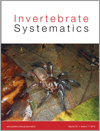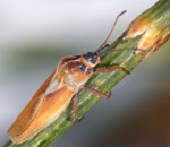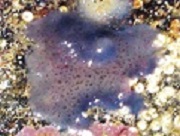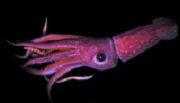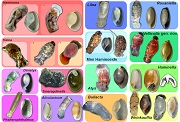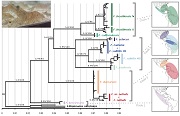IS18014Systematics of the palisade trapdoor spiders (Euoplos) of south-eastern Queensland (Araneae : Mygalomorphae : Idiopidae): four new species distinguished by their burrow entrance architecture

Within the spiny trapdoor spider genus Euoplos Rainbow exists a group of species from south-eastern Queensland that create unusual ‘palisade’ burrow entrances. Despite their intriguing burrows, the group was only recently circumscribed, and all species within it were undescribed. In this study we confirm that the palisade trapdoor spiders are monophyletic using phylogenetic analysis, before recognising four species based on morphological, molecular and behavioural characters. Because the unusual burrow entrances of these spiders exhibit structural autapomorphies, which allow species-level identification, we include features of burrow architecture in our key and species diagnoses, providing a non-intrusive method for distinguishing species in the field.


